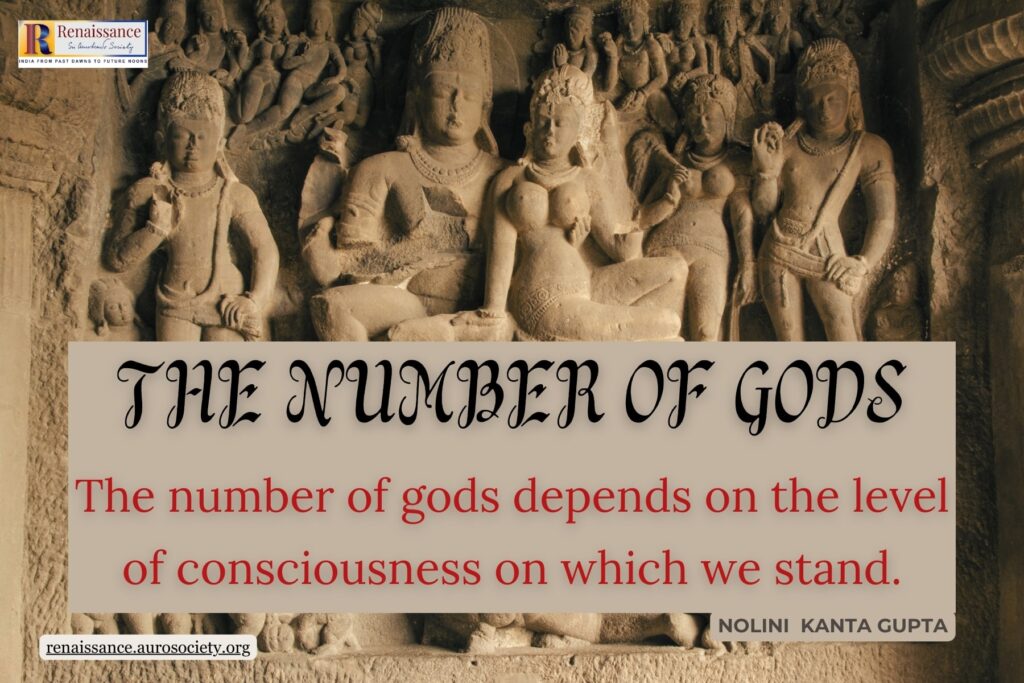The Upanishads Elucidated: Indrajāl – Be a Spark-ling in Indra’s Cosmic Net – 1
How do we invoke the power of Indra to help us conquer the modern Vritras that bind us today? Where lies the spark that can activate the vajra of the Indra?
The Upanishads Elucidated: Indrajāl – Be a Spark-ling in Indra’s Cosmic Net – 1 Read More »









